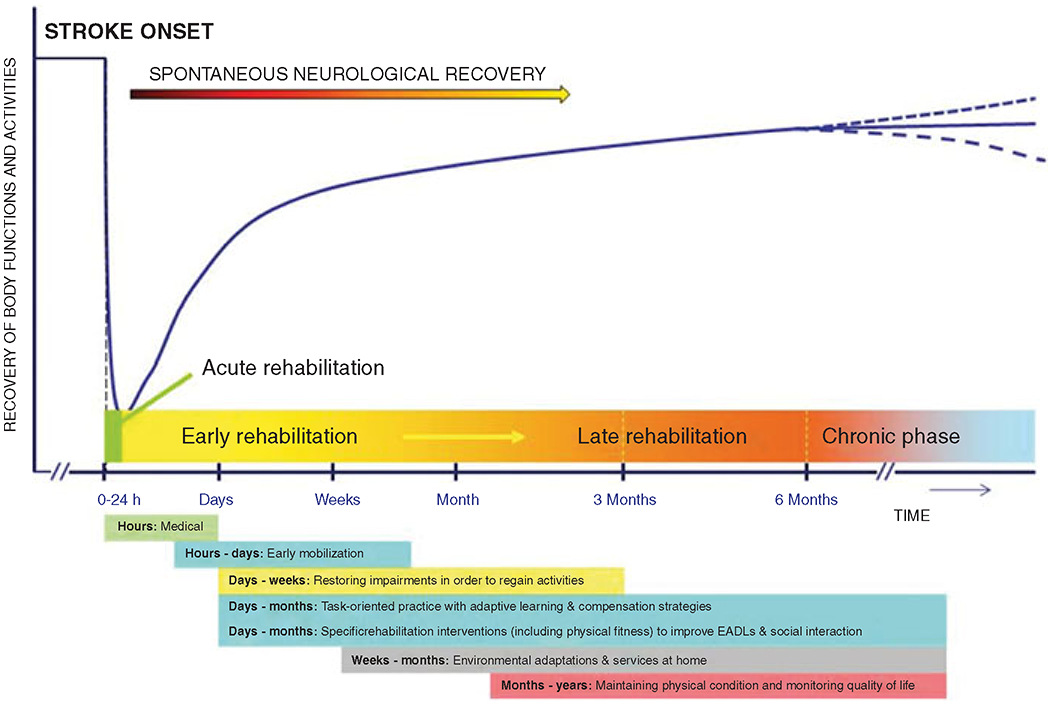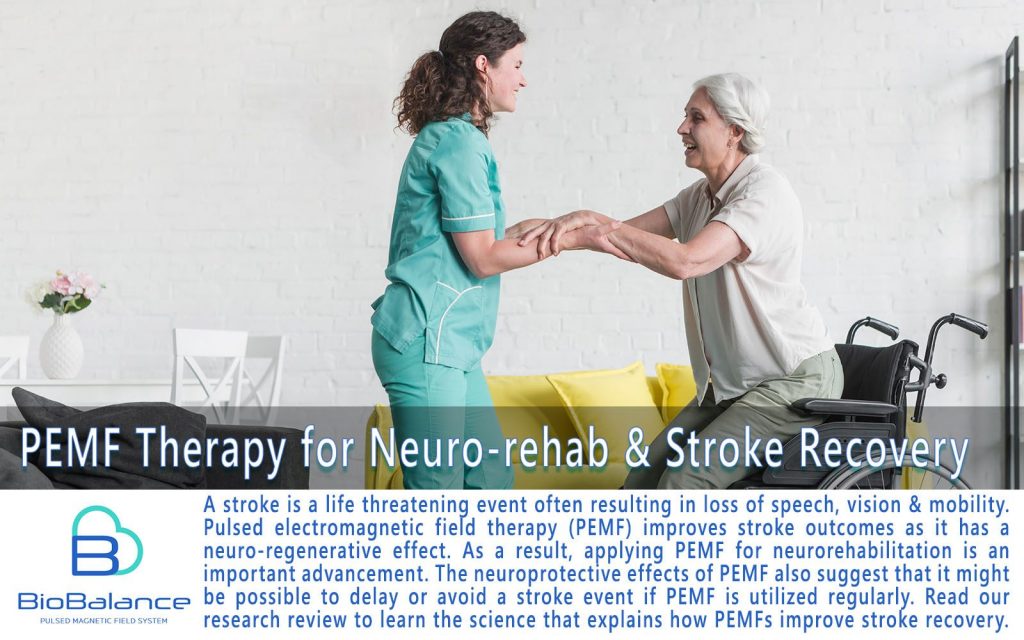8 Easy Facts About Stroke Recovery Explained
Table of ContentsSome Ideas on Stroke Recovery You Need To Know4 Simple Techniques For Stroke Recovery



During this time, most clients will go into and complete an inpatient rehabilitation program, or make development in their outpatient treatment sessions. The objective of rehabilitation is to bring back function as close as possible to prestroke levels or establish settlement techniques to work around a functional impairment. An example of a payment strategy is learning to hold a toothpaste tube so the strong hand can loosen the cap.
Some patients will experience obstacles in the months after a stroke, like pneumonia, a cardiovascular disease or a second stroke (stroke recovery). These obstacles can have substantial results physically, mentally and emotionally, and rehab may need to be put on hold. It is essential to deal with your care team to change rehab objectives when there are problems.
One innovative strategy is noninvasive brain stimulation (NIBS), which uses weak electrical currents to promote areas of the brain connected with specific tasks like movement or speech. This stimulation can assist increase the results of treatment. After 6 months, enhancements are possible however will be much slower. A lot of stroke patients reach a relatively consistent state at this point.
Others will have continuous impairments, likewise called chronic stroke illness. Whether a full recovery is possible depends on a range of factors, consisting of severity of the stroke, how quick the initial treatment was supplied, and the type and strength of rehab. Despite the fact that recovery does decrease, it is still vital to continue following up with members of your care group, including: Your main care doctor, who can assist you manage any health issues aside from stroke recovery, as well as take steps to avoid future strokes A rehabilitation physician (physiatrist), who can help coordinate address aspects of your recovery and keep conference with you as long as you need the support, whether it's for a couple of years or the rest of your life Physical, occupational and speech therapists, who can help you recover as much function as possible in daily activities, with a concentrate on your individual goals A neurologist, who understands the systems behind stroke-related brain injury and can recommend customized treatments to target the affected location of the brain A rehab psychologist, who can help with cognitive, psychological and behavioral functioning in addition to reintegrating with the community, which can help in recovery "Throughout examinations, I look to support patients any way I can," says Pruski, a physiatrist.
The Stroke Recovery Ideas
While enhancement might take longer for some clients, there's still expect little advances. "I believe it's important to paint a photo of hope in stroke," Pruski says. "Whenever you need less assistance with a task, that is a milestone for the client.". offered by therapists experienced in neurorehabilitation using advanced equipment. Patients who complete this treatment might be recommended for inclusion in stroke research study studies or our Stroke Group Evaluation and Recovery Treatment (START) Program. is for stroke survivors who have actually completed basic treatment and desire a 2nd viewpoint from an interdisciplinary group of medical, treatment and research specialists to figure out if a fuller recovery might be possible.
This service is available for clients who have already finished basic treatments, from those a few months to numerous years post-stroke. checking the current stroke recovery methods and tools. The care supplied as part of these research study studies are at no charge to the client. programs, including aquatics. Clients being discharged from an go right here acute care hospital and all set to begin their healing from stroke.
Clients who have actually finished their basic restorative treatments, even those who are years post-stroke, and are looking for a fuller recovery. stroke recovery. These clients may gain from the to help regain skills. Interdisciplinary group of neurologists, physical medicine and rehabilitation physicians, physical, occupational and speech therapists, neuropsychologists and researchers specialized in neurorehabilitation.
Augmentative communication can likewise be provided when needed. Cutting edge devices such as the BalanceMaster, Gait Rite, Bioness, Saeboflex and driver simulator, along with the area's only warm water treatment swimming pool with a portable floor see here for easy client access. Association with the University of Cincinnati Medical Center, Cincinnati's University of Cincinnati Medical Center and the UC Gardner Neuroscience Institute, extending the experience and competence of their worldwide understood Stroke Group to the next step in stroke treatment-helping patients regain skills and restore their lives after stroke.
You do not have to recover from stroke alone. Signing up with an assistance group will help you link with others dealing with similar difficulties. In addition to psychological assistance, these groups share essential suggestions, such as recommendations for nutrition and wellbeing practices, financial backing resources and rehabilitation activities. Clients, families and caretakers are welcome to any of Cedars-Sinai's support groups:: Meets 2nd Tuesday of monthly, 2-3:30 p.